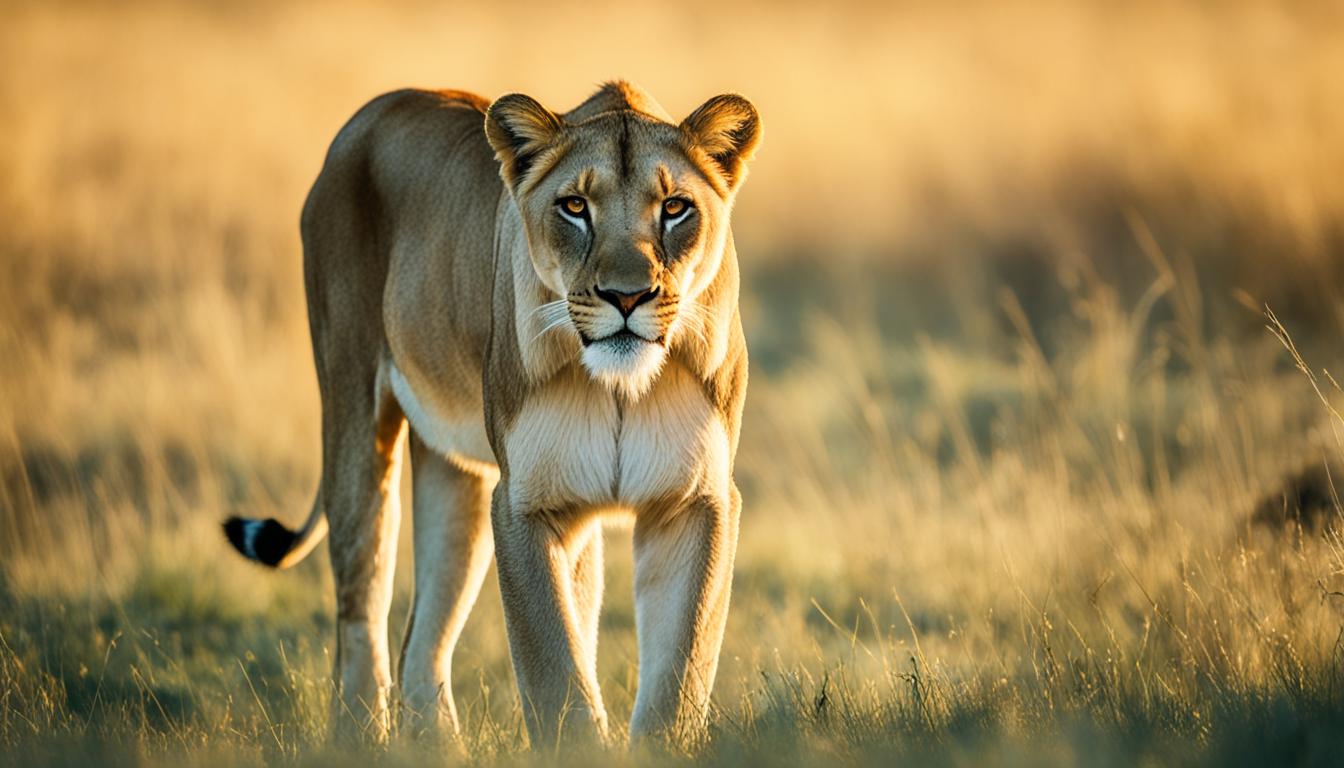Snap Happy: Finding the Ideal Camera for Breathtaking Wildlife Photography
Wildlife photography is a fascinating and rewarding pursuit that allows photographers to touch the splendor and spirit of animals. Regardless of whether you are aiming to photograph the majesty of a gliding eagle, the playful antics of a puppy, or the serene grace of a grazing deer, having the appropriate camera can cause all the impact in your results. With camtura.com of options available today, choosing the ideal camera for breathtaking animal portraits can be daunting.
As you start your adventure to capture the perfect shots, knowing the key features that add to exceptional animal photography will assist your decision. Factors such as autofocus speed, burst shooting capabilities, and performance in low light are essential for freezing those fleeting moments in time. In this guide, we will discuss essential aspects to consider when selecting your ideal camera, making sure your snapshots of the wild kingdom leave a lasting impression.
Essential Camera Features for Wildlife Shooting
When selecting a camera for animal shooting, fast autofocus is a crucial aspect to keep in mind. Animals can be unpredictable and often shift rapidly, so a camera that can acquire focus rapidly ensures that you obtain sharp images at critical times. Search for cameras with sophisticated autofocus features, particularly those that provide multiple focus points and following capabilities. This allows you to efficiently track active subjects, whether they are galloping deer or fluttering birds.
Another important consideration is the device's continuous shooting capability. This feature enables you to capture numerous frames per second, which is essential when capturing images of wildlife in motion. By having a rapid burst rate, you boost your odds of getting that ideal shot, capturing the essence and behavior of the animal you are shooting. Ensure you verify the device's features for its continuous shooting speed, as this can make a huge difference in dynamic situations.
Finally, think about the camera's low-light performance. Many wildlife photography situations occur in settings where lighting is less than optimal, such as in the early morning morning or late. A device with outstanding high ISO capabilities will help you maintain picture quality without too much noise when shooting in these difficult environments. Find cameras that work well at higher ISO settings, ensuring that you can still capture breathtaking images even in dim lighting environments.
Leading Photography Types for Snapping Nature
When it comes to animal photography, having the appropriate camera can make a big difference in the standard of your photos. One noteworthy model is the Canon EOS 90D. This digital single-lens reflex camera merges a high-resolution sensor with a rapid autofocus system, allowing it to be well-suited for photographing swift wildlife. Its function to take pictures at 10 frames per second enables photographers to hold the scene, ensuring you do not miss those transient moments in the nature.
Additionally fantastic choice is the Fujifilm Z6 II, a small camera that offers impressive low-light performance and dynamic range. Its in-body image stabilization helps diminish camera shake, which is notably beneficial during freehand shooting in challenging environments. With a versatile lens selection available, the Z6 II can respond to various situations, if you're shooting birds or big animals.
For individuals who place importance on portability without sacrificing quality, the Fujifilm X-T4 is a great option. This lightweight camera is lightweight and features retro controls, attractive to many photographers. Its fast autofocus and burst shooting options allow it to be easy to capture wildlife in motion. Additionally, the strong weather-sealing allows for shooting in diverse conditions, allowing you to go into nature without being concerned with your camera gear.
Methods for Breathtaking Animal Portraits
Capturing breathtaking animal images requires a mix of photographic skills and an awareness of animal behavior. When capturing animals, it is essential to be patient and wait for the ideal moment when the subject displays its character. Observing their movements and habits can also help you predict the best pictures and create a more intimate connection in your photographs. This care not only enhances your chances of getting remarkable portraits but also allows you to showcase the subject's distinct characteristics.
Lighting plays a crucial role in animal photography. The golden hours of sunrise and dusk offer soft light, which is perfect for portraits. This available light can bring out the texture of fur and the intensity of eye color. Additionally, using artificial light can help brighten shadows in low-light conditions, ensuring that the animal's features are clear. Playing around with backlighting can also create impactful effects, adding depth to the image.
Lastly, composition is important for powerful portraits. Use techniques like the dividing the frame to place the animal in a way that makes the image more dynamic. Consider the background carefully; a clean setting can emphasize the subject and reduce distractions. Getting at eye level to the animal's level often results in more interesting photos, allowing you to record their expressions and emotions more genuinely, which ultimately leads to stunning portraits that connect with viewers.
